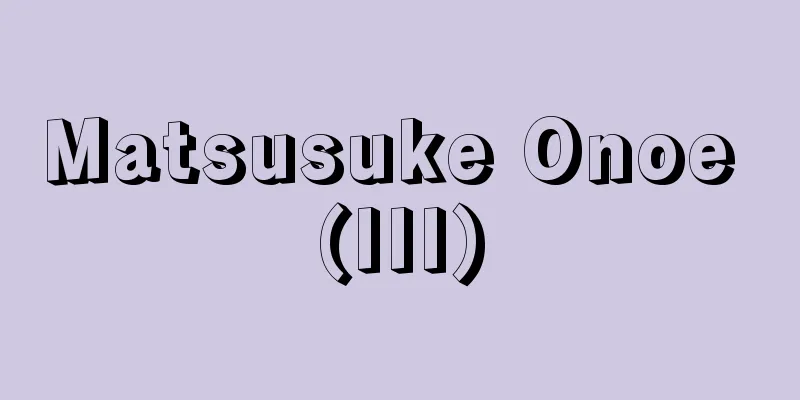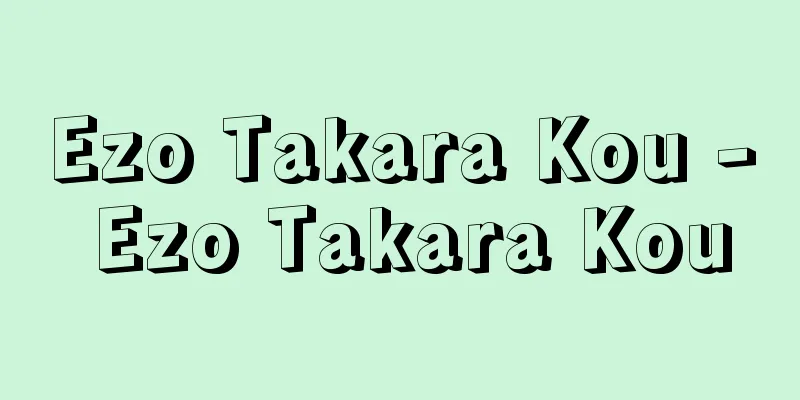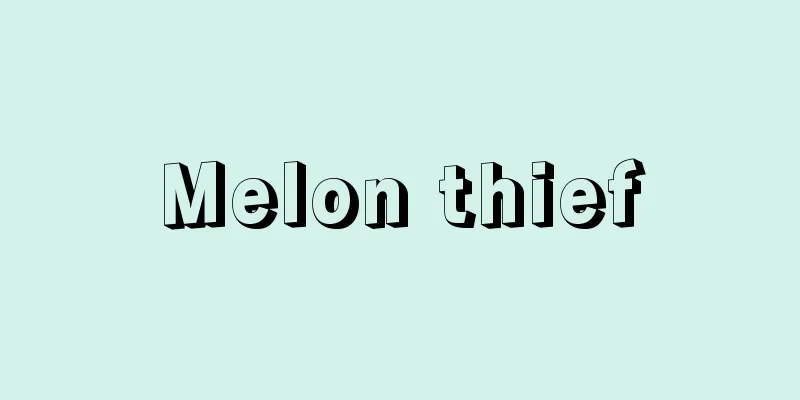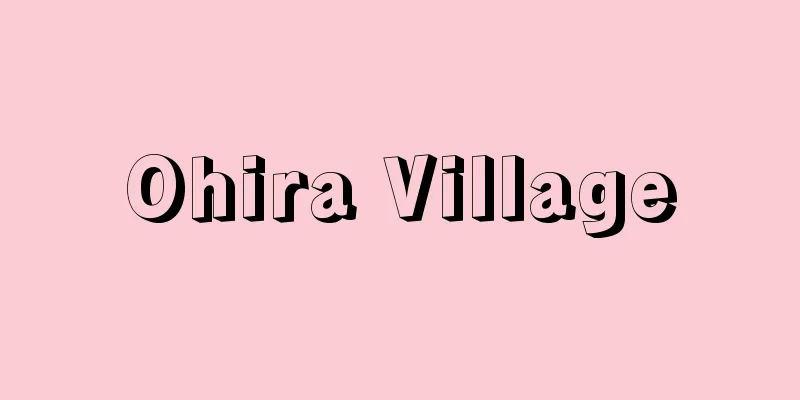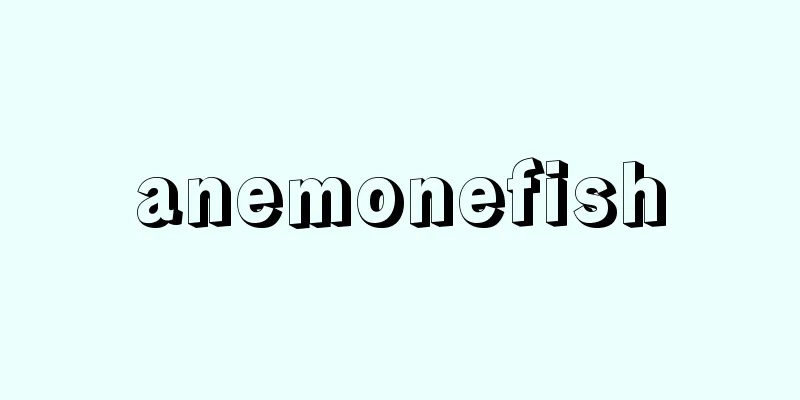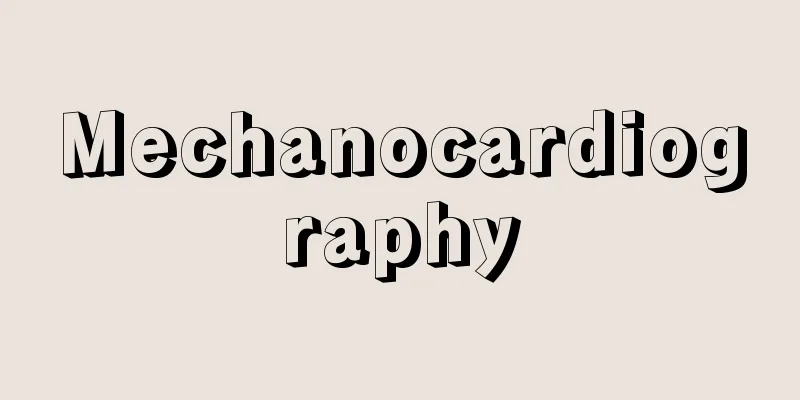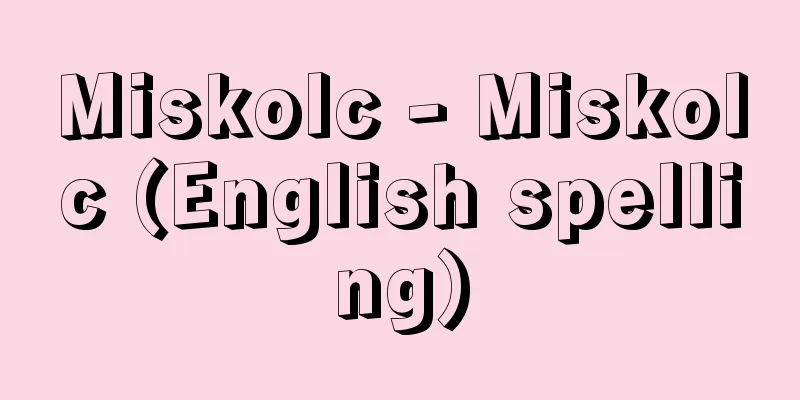Utsushie - Utsushie

|
A child's toy with colored prints of people, flowers, etc. When wetted and stuck to the back of the arm or hand, the picture comes off the mount and transfers to the skin. At the end of the Edo period, there were woodblock-printed versions that imitated tattoos, and even today small toys can be seen with pictures of popular TV shows and manga characters. At the end of the Meiji period, the technology for transferring patterns printed on ceramics was applied, and items appeared that could be transferred to skin or paper and stuck on. Vinyl sticker-like versions of this type have been on the market since around 1955. Source: Heibonsha World Encyclopedia, 2nd Edition Information |
|
人物や花などの絵を色刷りにした子どもの玩具。これを水にぬらして腕や手の甲にはりつけると,絵が台紙から離れて肌に移り染まる。江戸末期には,木版刷りで入墨を模したものがあり,現在もテレビの人気番組やマンガの主人公などを扱った絵などが小物玩具として見られる。明治末期からは,陶磁器に模様印刷したものを転写する技術が応用され,印刷模様を皮膚や紙に移してはりつけるものが登場。その系統で,1955年前後からビニル製のシール状のものが売り出されている。
出典 株式会社平凡社世界大百科事典 第2版について 情報 |
Recommend
Orellana, F.de (English spelling) OrellanaFde
… This great river was discovered in February 150...
Linen spinning - Asaitoboseki
In Japan, linen has long been made by spinning hem...
Euryhaline
…Most invertebrates that live in places where the...
Cyanoethylation - Cyanoethyl Ca
A reaction to introduce the cyanoethyl group CNCH ...
National Examination - Kokuken
Abbreviation of Kokuga Kenchu or Kokushi Kenchu....
"Counter-revolution by science"
…From 1950 to 1962, as a professor of social and ...
Textbook - Kyokasho
Generally speaking, it refers to books that are e...
"The Story of a Soul" - The Story of a Reiko
...The autobiography of the French mystic Thérèse...
cante chico (English spelling) cantechico
...Almost all dance and guitar solo forms origina...
Nóbrega, Manuel da
[Born] October 18, 1517. [Died] October 18, 1570, ...
lotus eater
…On the other hand, there is a legend in ancient ...
Axinesis - Axinesis
…The fish rub their bodies against the netting an...
Windmill - Pinwheel
〘Noun〙 (also "kazakuruma")① A device tha...
Kawakodai - Kawakodai
...In various parts of Wakayama Prefecture, it is...
The Universality of the Air Force - kuugunban no uron
…England, which was interested in the success of ...
